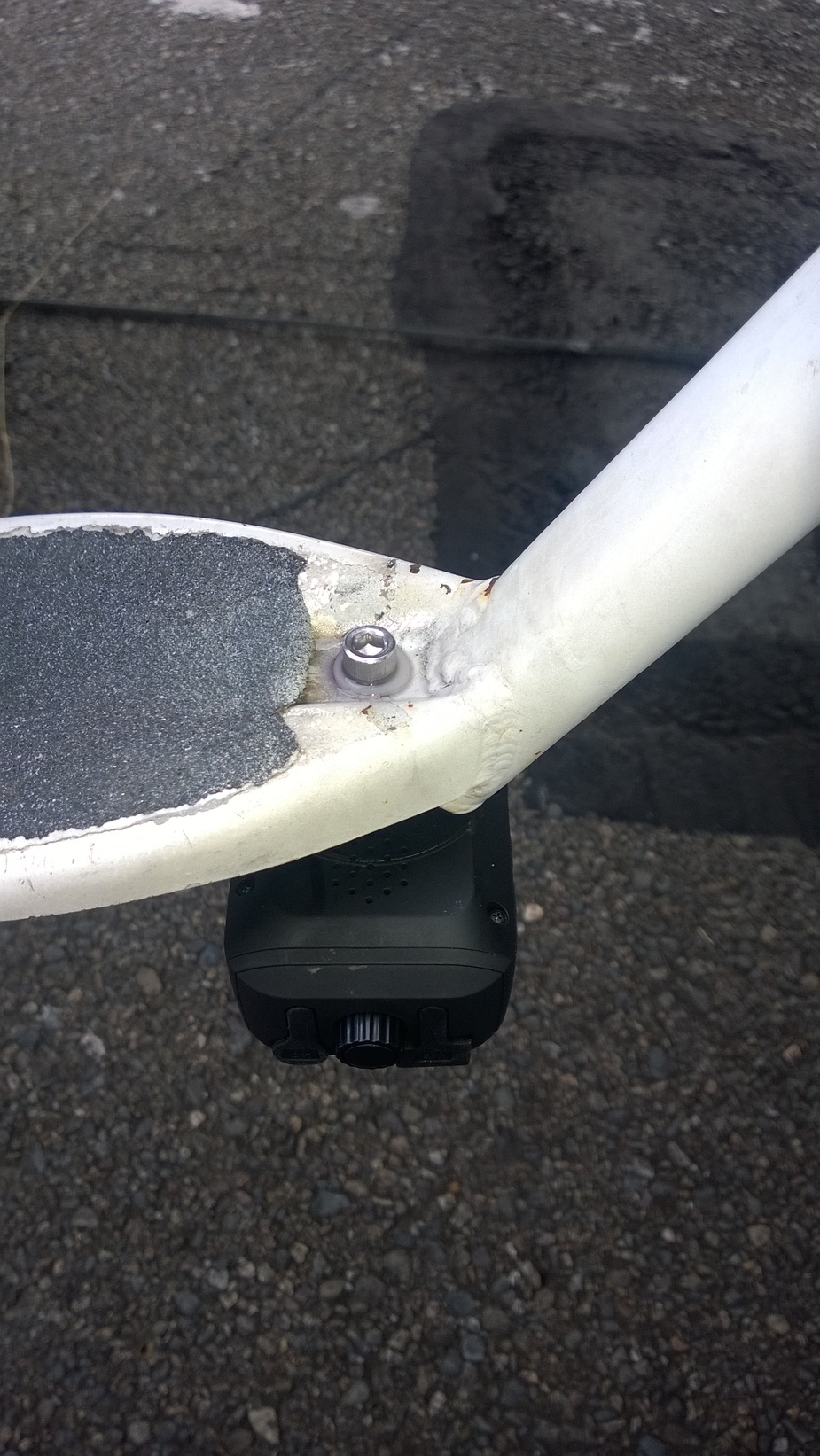No, their smaller cameras don’t do it. They have rolling shutters.
Thanks, Adam.
The Blackmagic products were discussed here but it was evidently not realised at the time that they would not be any good / any better than anything else cheap.
Well, unless you approach it differently and mount the camera so it doesn’t see the prop, which on a SEP means externally.
I think on the TB20 there is another method: use the latest GT wingtips (year 2003, about €7k for the pair) which have forward facing lights, and replace one of the lights with the camera.
Of course you can control the shutter speed of an iPhone. I do that all the time.
Yes there is a setting called “shutter speed” on every CMOS camera 
No, but there’s hundred of apps that let you control the shutter speed (and many other settings) of an iPhone.
There is no problem with apps like Cinamatic for iPhone and/or iPad to control manually the shutter speed of the iPhone while recording video and in HD good quality. If there is too much light, you might need the ND filter to limit the amount of light coming into the lens. However, I do use the GoPro Hero 4 with an ND filter to solve the prop issue from NFlightcam. For the audio I use the Zoom H5. There is also another cheap ND filter for the GoPro Hero 3 and 4 found here. It is the only way to “control” the shutter speed with the GoPro cameras as they have a rolling shutter. Using the ND filter, you do get rid more or less of the props. Strange to say, but the iPhone combined with th Cinematic app gives you full control of the shutter. But … I need my iPhone for other things during flight such as taking pictures with the super lenses from Moment.
We have done all this before here, but a reasonable description is for example here which shows why the rolling shutter (used in all low cost video cams) has a hard time eliminating the unpleasant prop effect.
The lack of an iris to properly control the incoming light makes it harder still.
Whereas a CCD camcorder has a good start because it doesn’t generate the weird effects to start with, so you can just wind down the shutter speed until the prop vanishes totally.
The end result is that you can get acceptable footage with a lot more light on the sensor i.e. a lot less noise.
Regarding external mounting. The Ghost Drift can be mounted right through the drain hole of the left foot step, and controlled wirelessly from the cockpit. It works great, since the Ghost is water proof and has rotating lenses. As an added bonus, the iPad app allows you to check, that your landing gear is down and locked :-)


Lucius wrote:
The Ghost Drift can be mounted right through the drain hole of the left foot step, and controlled wirelessly from the cockpit.
If you do that, how long does the camera battery last? I have found that doing the same with GoPros, the battery drains in no time.
Has anyone used this: http://www.prodad.com/home/products/video_optimization/300580322,l-us.html
It should enable a CMOS sensor camera to be used for flying videos, with the horrible rolling shutter effects removed.